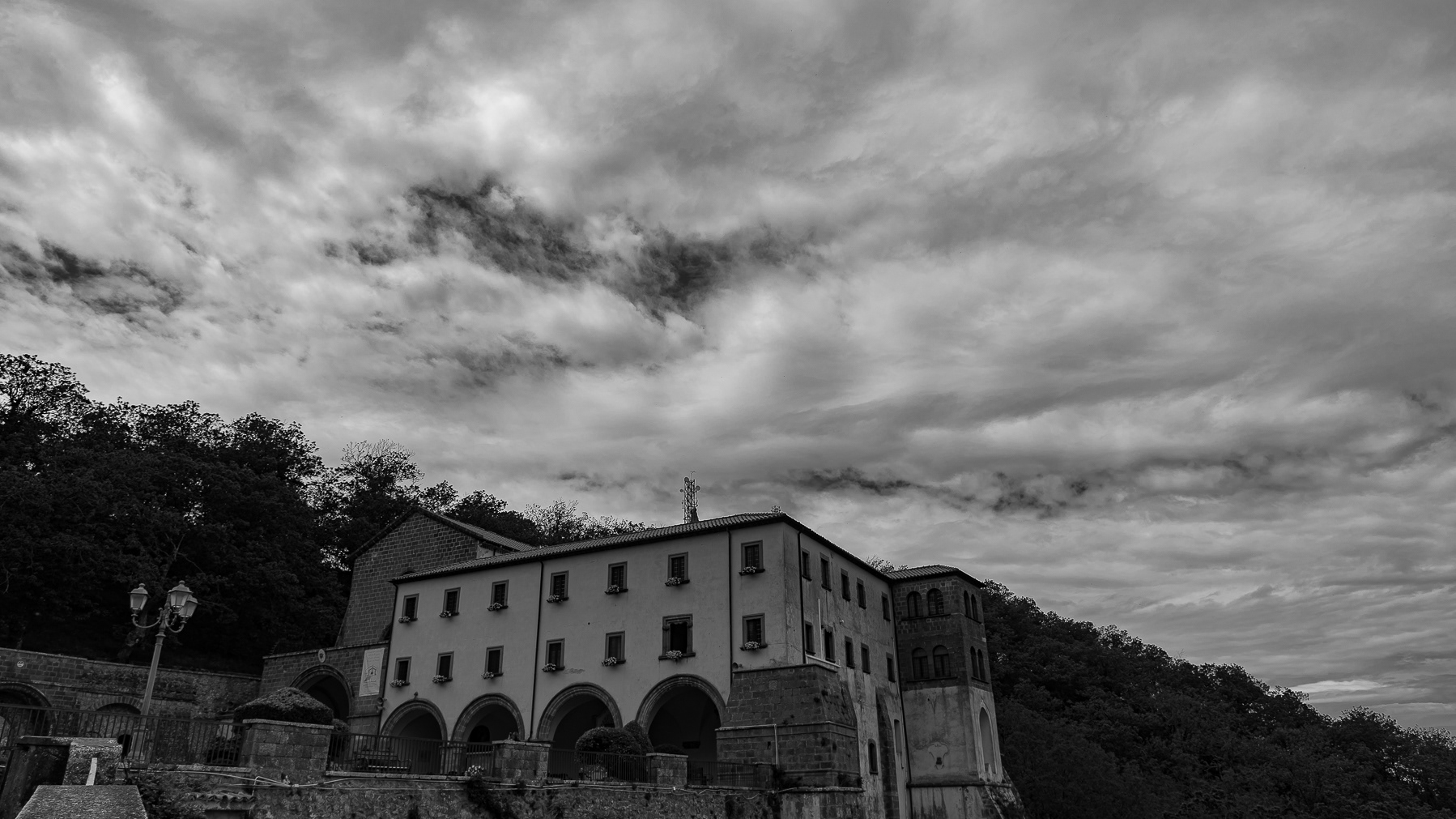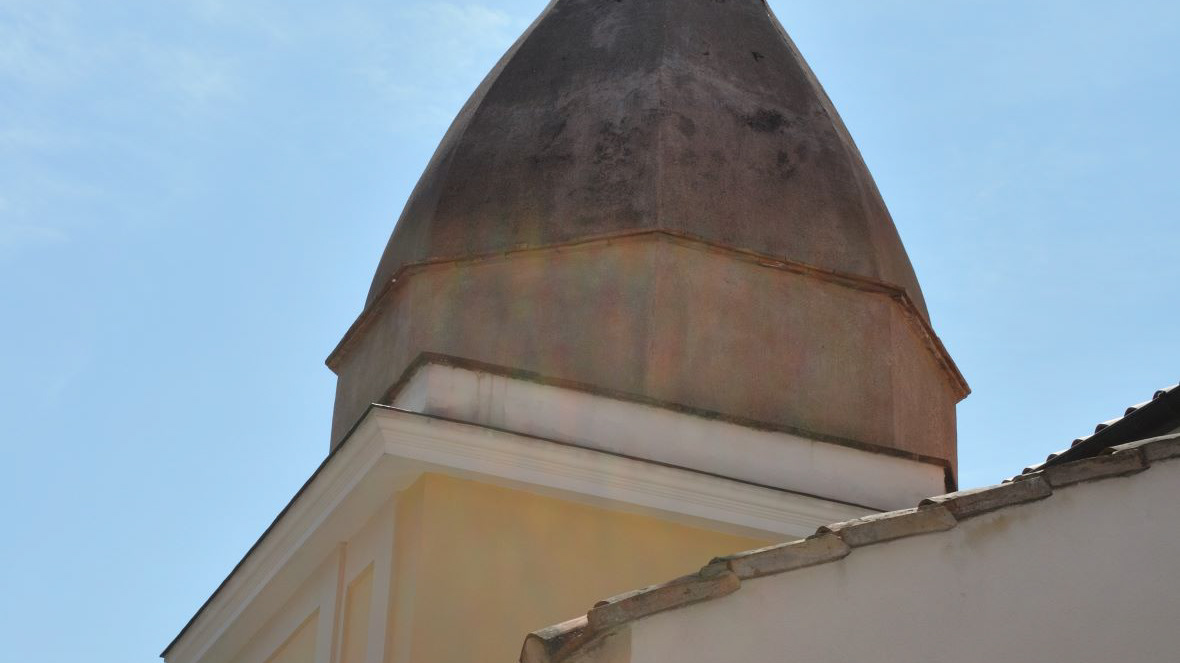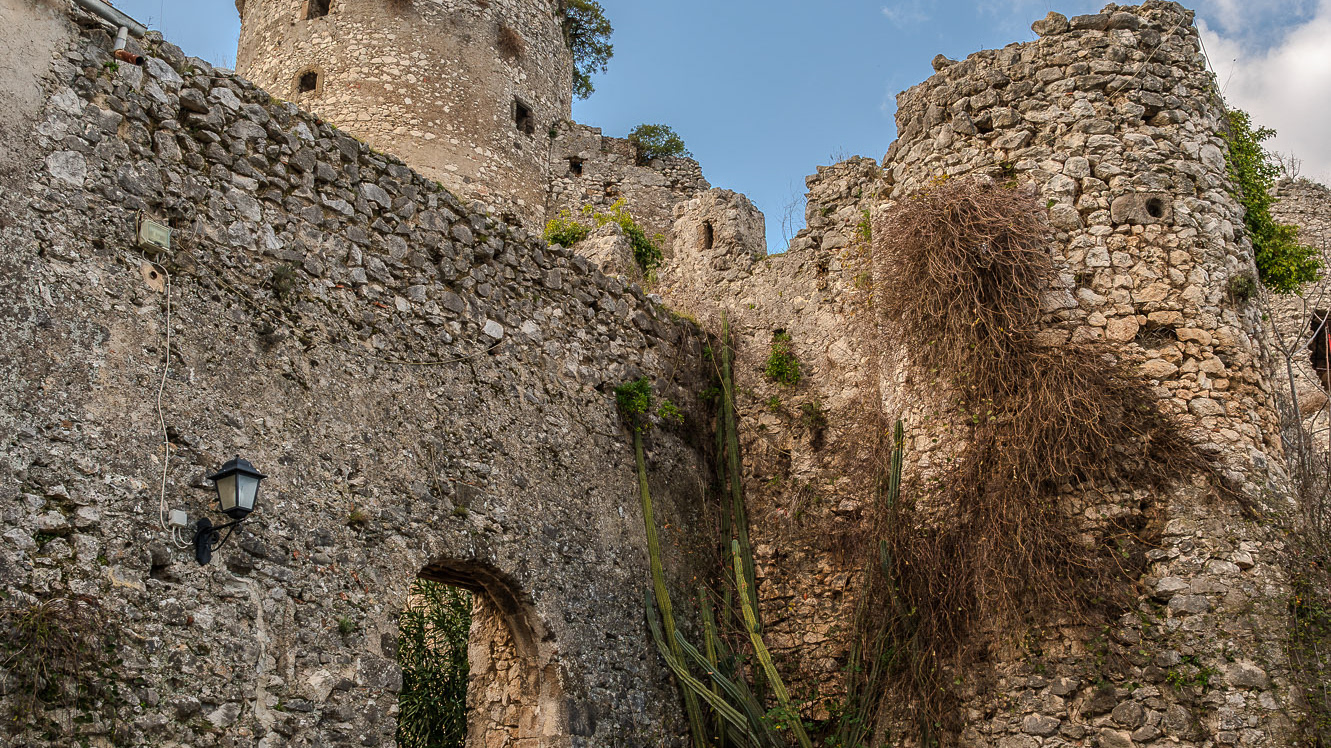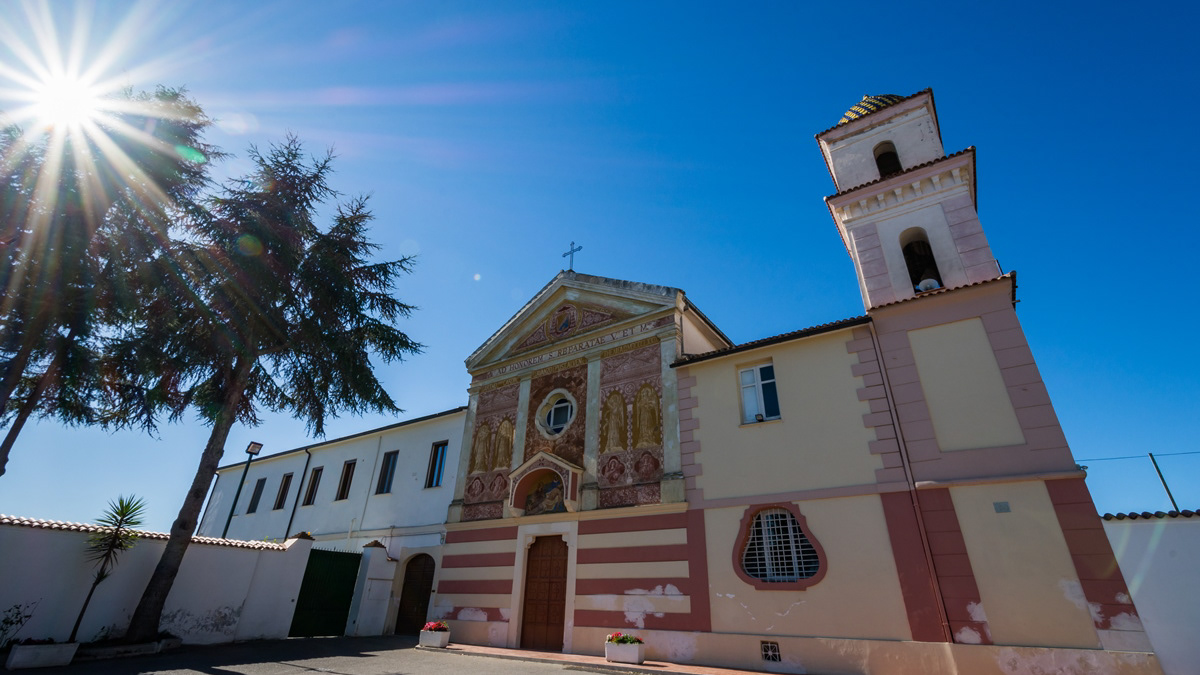Santa Maria Capua Vetere. The Campanian Amphitheater
2023
The Campanian Amphitheater or Capuano Amphitheater is a Roman amphitheater located in the city of Santa Maria Capua Vetere - coinciding with the ancient Capua - second in size only to the Colosseum in Rome. It is located within the municipal area of Santa Maria Capua Vetere, facing Piazza I Ottobre. A substantial part of its stones were used by the Capuans in the Norman era to erect the Castle of the Stones of the city of Capua; some of his ornamental busts, used in the past as keystones for the theater arches, were placed on the facade of the Town Hall of Capua.
You may also like

2021
Roccamonfina. The Sanctuary of Maria SS dei Lattani
The Sanctuary of Maria Santissima dei Lattani is a Marian sanctuary located in the territory of the municipality of Roccamonfina, in Campania.

2021
Teano. Church of San Michele Arcangelo

2024
The Avalos castle of Vairano Patenora
The Avalos castle of Vairano Patenora is a square-shaped building with stone perimeter walls and four cylindrical corner towers. it was built by Ripandulf VI in the 11th century.

2018
Teano (CE) - Monastery of Santa Reparata
The Monastery of S. Reparata, probably founded in the 9th century, was canonically suppressed after the Council of Trent, due to the prohibition against holding female monasteries outside the town. The nuns were welcomed in the Monastery of S. Caterina.
The Monastery of S. Reparata is located along the road to Roccamonfina, in the Pino district and its foundation is not prior to 804 as it is not mentioned in the privilege of Charlemagne, which lists all the Benedictine possessions in Teano. The most probable date is the second half of the century. IX. According to the Bishop Mons. Domenico Giordano, the transfer of S. Reparata to the Cathedral took place in the year 880. It is one of the most important monasteries in Teano because the remains of Santa Reparata, who is the patron saint of Nice, are kept inside the church. his diocese, of the cities of Atri and Casoli; she co-patroness of Florence, of Teano, of the diocese of Teramo-Atri and patroness and protector of the municipality of Pesco Sannita.

2024
Vairano Patenora. Church of Santa Maria di Loreto
The exact date of its construction is not known, but it must be very ancient, it is mentioned in a description from 1660. It was built by the cleric Carpino returning from a pilgrimage to Loreto.

2022
Caserta, the Royal Palace. The park.
The Royal Palace of Caserta is a royal residence, historically belonging to the Bourbons of the Two Sicilies, located in Caserta. Commissioned by Charles of Bourbon, the laying of the first stone, which started the construction work, took place on January 20, 1752, based on a project by Luigi Vanvitelli: this was followed by his son Carlo and other architects. The palace was completed in 1845.

2008
Sessa Aurunca (CE), the Cathedral
Construction was begun by probable workers of the Casauriense school (see portico of the abbey of S. Clemente a Casauria built between 1176 and 1180) in 1113, partly reusing materials from ancient Roman buildings, and consecrated in 1183; the current external appearance was achieved in the first half of the thirteenth century with the addition of the portico and the large window placed in the upper part of the facade. The interior, on the other hand, having eliminated the trussed ceiling already in the thirteenth century, remained Romanesque until the mid-eighteenth century when the bishop Francesco Caracciolo d'Altamura decided to modernize it according to the tastes and style of the time, namely the Baroque. In July 1929, Pope Pius XI elevated it to the dignity of a minor basilica.

2021
Teano. The Dome. Exteriors
The cathedral, originally dedicated to San Terenziano, was later named after San Clemente. Construction began in 1050 by Bishop Guglielmo, to replace the old cathedral of San Paride ad Fontem, located outside the city walls. The works were completed in 1116 by Bishop Pandulfo. The building has a basilica structure divided into three naves by two rows of columns. In 1608 it was damaged internally by a fire that almost completely destroyed the cosmates ambo, subsequently recomposed using the remains of the previous one integrated with the marble slabs of a fourteenth-century sepulchral monument already present in the church and positioned on twisted columns, two of which rested on fountain lions. During the 16th century the Romanesque apse was modified and on that occasion a precious carved wooden choir was built in the presbytery, built in 1539 by the Benedictine Antonio Maria Sertorio. The choir underwent two restorations, the first in the 17th century and the second in 1957, following the damage suffered during the Second World War.

2021
Teano. Church of Sant'Antonio Abate

2018
Campania Felix
Ancient Campania (often also identified as Campania Felix or even Ager Campanus) originally indicated the territory of the city of Capua Antica in the Roman period, and later also the plains of the various neighboring municipalities. It was a very vast territory when compared with the other Italic cities of the Roman and pre-Roman periods. It stretched from the slopes of Mount Massico (in the north) to the south of the Phlegrean Fields and the Vesuvian area. Initially it also included the ager Falernus, then it was greatly scaled down from Rome due to the alliance of the city of Capua with Annibale. Thanks to the fertility of the soil also due to the presence of the Volturno river, it deserved the name of Campania Felix.
